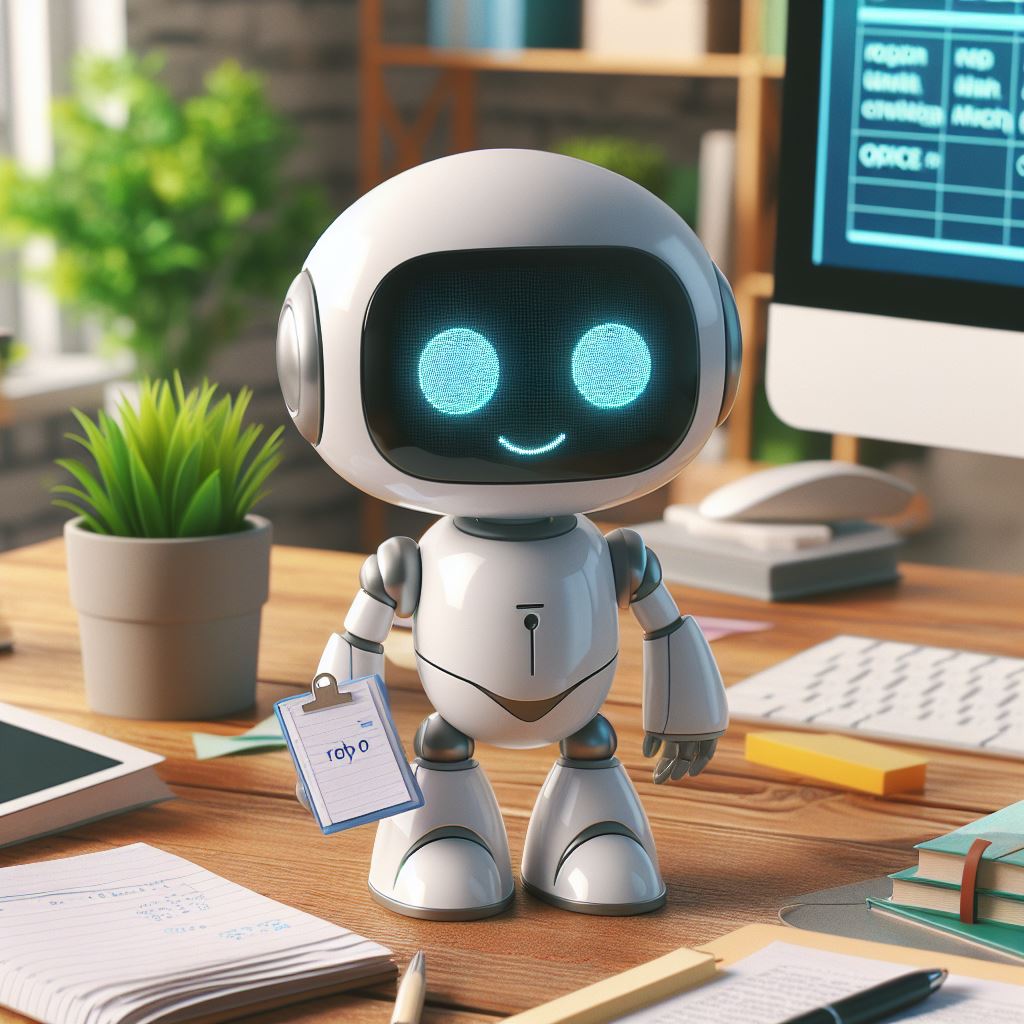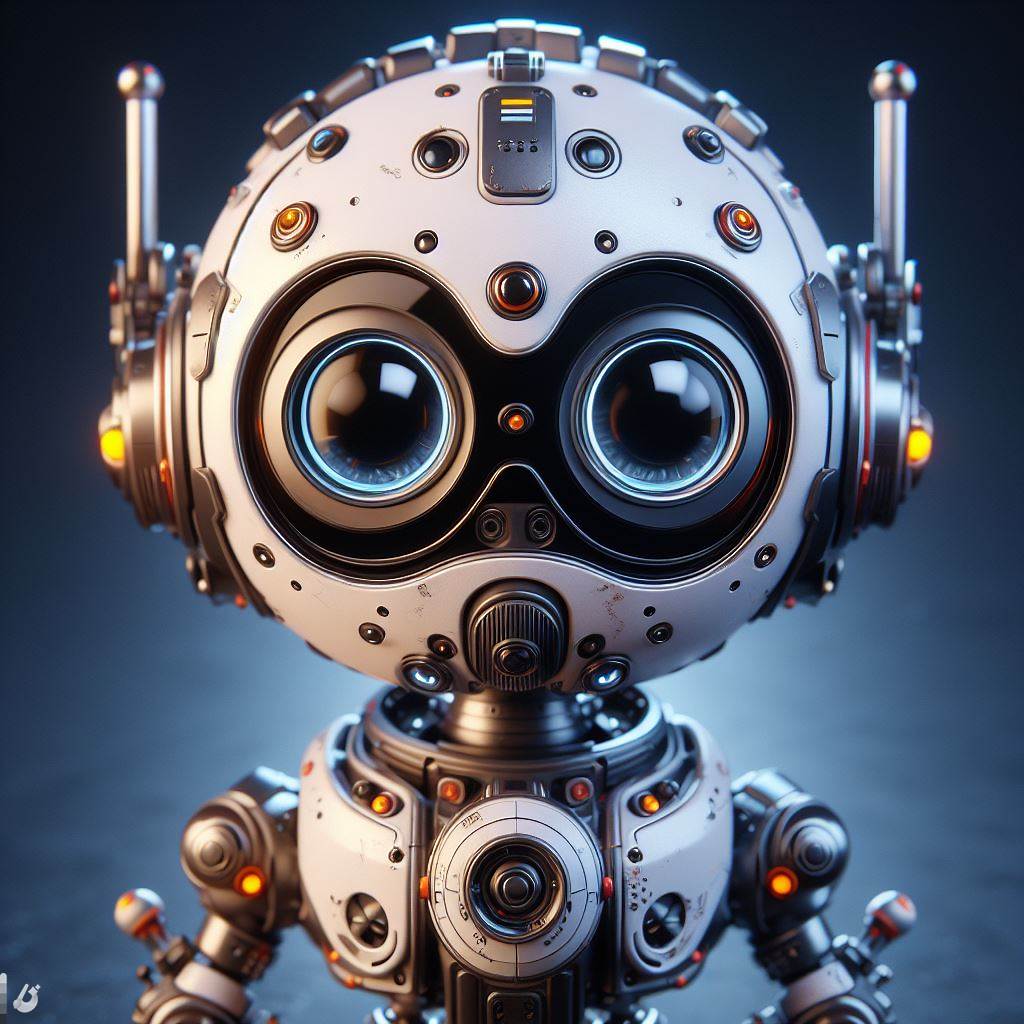
In the realm of customer service, striking the right balance between the warmth of human interaction and the efficiency of automation is like finding the Holy Grail of customer satisfaction. Todays businesses are on a quest to blend these elements, aiming to deliver an exceptional experience that meets modern consumers’ expectations. But what does this ideal mixture look like, and how can companies harmonize these seemingly divergent forces to create a cohesive and satisfying customer service strategy?
The interplay between human touch and automation is not about choosing one over the other but understanding how they complement each other. Automation excels in speed, consistency, and availability, while human agents bring empathy, critical thinking, and personalization to the table. Together, they create a comprehensive service approach that capitalizes on the strengths of both.
In our always-on digital world, customers expect quick resolutions to their inquiries. With automation technologies like AI chatbots, self-service kiosks, and automated phone systems, businesses can provide instant responses to a variety of common customer needs. Automation handles routine tasks and simple questions, allowing human customer service representatives to focus their energies on more complex issues that require a human touch.

While automation effectively manages straightforward tasks, it lacks the ability to truly connect with customers on a human level. Human agents empathize with customers, understand the nuances of their problems, and offer personalized solutions based on unique circumstances. This emotional intelligence is key to building relationships and generating lasting customer loyalty.
Integrating automated solutions into the customer journey requires thoughtful planning. Businesses need to map out customer touchpoints and identify where automation can enhance the experience and where the human touch is non-negotiable. This mapping should be informed by customer feedback, behavioral data, and a deep understanding of different customer personas.
Data plays a vital role in shaping the optimal mix of human and automated services. By analyzing customer interactions, companies can pinpoint when and where customers prefer human assistance over automated help. Collecting and leveraging this data ensures that the service strategy is continuously fine-tuned to meet customer preferences.
As we progress into the era of human-automated synergy, businesses must adapt their customer service models to deliver on the promise of exceptional service. Recognizing the distinct advantages and limitations of both human and automated service is the first step in crafting the new formula for customer satisfaction.

Creating the ideal customer service ecosystem requires a well-orchestrated design where automation and human elements not only coexist but actively enhance each other. This design-led approach ensures that the blend of human and machine acts as a unified force in the service of customer satisfaction.
Strategic Allocation of Resources
An essential aspect of designing such an ecosystem lies in strategically allocating resources to match the nature of customer inquiries. Simple, repetitive tasks can be handled effectively by automated systems, freeing up human agents for complex, sensitive, or high-value interactions where their interpersonal skills can make a genuine difference. Determining the best deployment of human and automated resources is central to optimizing operations and customer satisfaction.
Training and Empowerment of Human Agents
Even in an automated-heavy environment, the importance of training human agents cannot be understated. Empowered with in-depth knowledge, problem-solving skills, and emotional intelligence, human agents become the ultimate differentiators in a tech-driven world. Organizations must invest in continuous training and empowerment programs to ensure their staff can deliver exceptional service when automation reaches its limits.
Seamless Handoffs Between Human and Machine
An effective customer service ecosystem is characterized by seamless handoffs between automated systems and human agents. A chatbot may gather initial information, assess the complexity of a customer’s problem, and then intelligently route the issue to the appropriate human agent, who can hit the ground running with all relevant data at their fingertips. This synergy prevents frustration and leads to faster resolution times, enhancing overall satisfaction.

Feedback Loops and Continuous Improvement
A dynamic customer service ecosystem is not staticit learns and improves over time. Feedback loops gathered from customer interactions feed into the system, providing valuable insights that refine both automated and human elements of the service. This cycle of continuous improvement ensures that businesses stay in tune with their customers’ evolving needs and preferences.
The orchestration of human and automated components within the customer service ecosystem is a strategic endeavor. It requires thoughtful design, a commitment to training and empowering human agents, fluid transitions between systems and staff, and a culture of continuous improvement based on customer feedback. With these pillars in place, businesses can craft a balanced customer service experience that aligns with the desires and expectations of their clientele.
While automation has transformed customer service, making it more efficient and available, its success hinges on how well it maintains the sensitivity and understanding inherent in human interaction. As we enter a new phase where AI doesn’t just support but also enhances the human element, it’s important to delve into how businesses can leverage technology to complement, not replace, the invaluable human touch.
Crafting A Seamless Support Narrative
The narrative of customer support must be seamless and coherent. Automation should not interrupt but rather enhance the storytelling of customer service. A chatbot, for example, should hand over a conversation to a human agent with such continuity that the customer feels no jolt in the exchange. This requires sophisticated programming of AI to recognize its limitations and to know when human intervention is necessary.
Empathic Algorithms: The Human Touch in Automation
One of the emerging trends in AI advancement is the development of empathic algorithms that can read sentiment and tone, adapting their responses accordingly. This mimics the innate human ability to read between the lines and respond with appropriate emotion. As these algorithms become more refined, they present a unique opportunity to imbue automated systems with a degree of the human touch that was previously impossible.
Personalization Powered by Predictive Analytics
Human agents excel at offering a personalized touchunderstanding individual customer preferences and past history. Predictive analytics can empower automated systems with a similar level of personalization. By anticipating a customers needs based on their interaction history, AI can provide bespoke recommendations and support, vastly improving the customer experience.

Up-scaling Human Agents with AI Toolsets
For human agents, AI offers an extensive toolset that can enhance their capabilities. From real-time data analytics providing insights into customer needs to AI-driven recommendations for cross-selling and up-selling, these tools enable agents to offer a level of service that was once reserved only for the most high-touch industries.
Continuous Interaction: Beyond the Initial Touchpoint
True customer satisfaction is not achieved at the first point of contact but maintained through continuous interaction. Automated systems can ensure that relationships are nurtured over time, sending out reminders, alerts, and personalized content that keeps the customer engaged and informed. This allows human agents to step in only when a human response is necessary, focusing their efforts on creating meaningful relationships rather than managing repetitive tasks.
Shift From Cost-Centric to Value-Centric Automation
The discussion around automation often centers on cost savingsusing machines to do more for less. However, the true power of combining human and automated service is in creating value: value for customers in terms of richer, more responsive service; and value for businesses through deeper customer insights and increased opportunities for sales and retention.
Increasingly, businesses are deploying agent-assist botsAI-powered tools that work alongside human agents, providing them with information, prompts, and support throughout customer interactions. These co-pilots can enhance the efficiency and quality of the service that human agents provide, acting as an ever-ready assistant in the art of customer satisfaction.
In summary, balancing human and automated customer service is less about competition and more about collaboration. It’s about creating an orchestrated dance where each partner knows their steps, yielding a performance that delights the audience. For businesses, this means embracing the power of both worldsusing AI to manage the routine, while redefining the role of human agents in delivering deeper, more meaningful customer interactions that truly satisfy, retain, and engage.

In the final segment of our exploration into balancing human and automated customer service, we look to the future, envisioning how the ongoing synergy between these elements will shape long-term customer relationships and redefine the experience economy.
The technology of tomorrow promises even more advanced forms of automation, but the brands that will truly stand out will be those that manage to give automation a ‘human face.’ The use of avatars, human-like interactions, and responsive AI will create automated experiences that are warmer and more personalized than ever before. The goal is for customers to feel cared for and understood, irrespective of whether they’re interacting with a human or a machine.
As automated systems take over routine tasks, the human role within customer service is set to evolve. The human agents of the future will need to be skilled communicators, empathetic listeners, and creative problem-solvers. Their role will be less about providing informationwhich AI can do more efficientlyand more about offering understanding and emotional support during more complex customer service scenarios.
Training for Technological Fluency
For human agents to work effectively alongside AI, technological fluency will become a required skill. Training programs will need to evolve to teach customer service representatives how to interact with and harness AI tools, interpret AI-driven insights, and take action based on the recommendations provided by analytics platforms.
Creating a Culture of Co-Creation
The future of customer service is one where customers and brands are partners in a continuous dialogue. This culture of co-creation, supported by a blend of human insight and AI analytics, will enable more meaningful products, services, and experiences to emerge. AI’s predictive capabilities, combined with human creativity and customer input, can drive innovation that genuinely reflects customer desires and needs.

Building Trust Through Transparency and Data Security
As AI becomes increasingly integrated into customer service, maintaining transparency and ensuring data security will be paramount. Customers will want to know when they are interacting with AI and how their data is being used. Trust will be the bedrock upon which the successful human-automated customer service strategy is built, with clear communication and robust security measures being non-negotiable.
Ultimately, regardless of how sophisticated AI becomes, the measure of success for any customer service strategy will be human satisfaction. The interactions, whether powered by humans, AI, or a combination of both, must leave the customer feeling valued, understood, and satisfied. This ongoing commitment to human satisfaction will require businesses to listen, adapt, and continually refine the balance between human touch and automation.
As we embrace the future, companies must navigate the complexities of a human-automated frontier with a clear visionto enhance the customer experience in every possible way. By doing so, they not only meet expectations but also forge deeper, more resilient customer relationships that stand the test of time. The journey of integrating human and automated services is ongoing, and those who approach it with an open mind, a willing heart, and an unwavering focus on the human element will lead the charge toward a new era of customer service excellence.